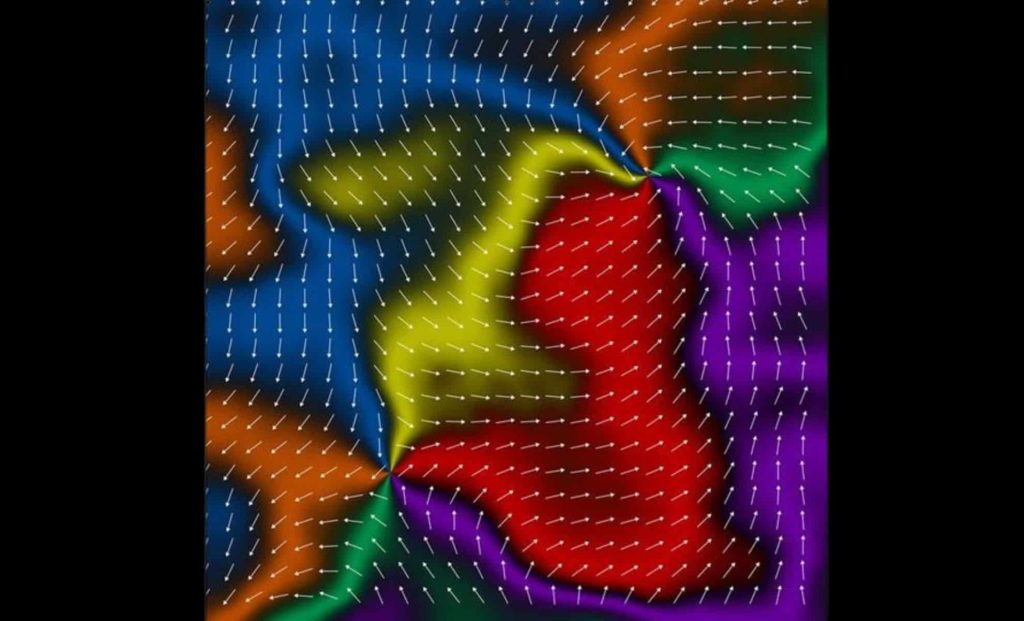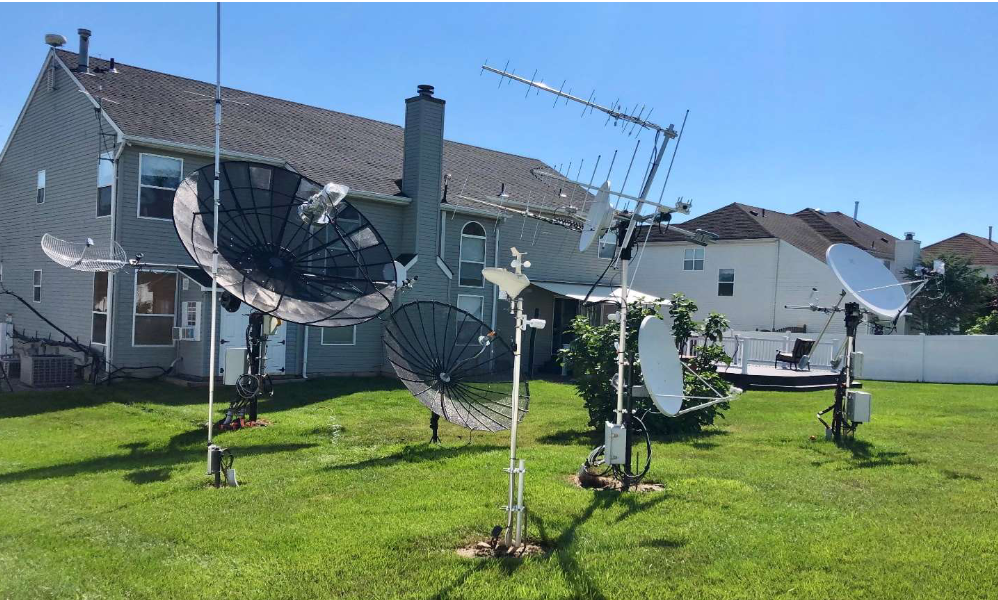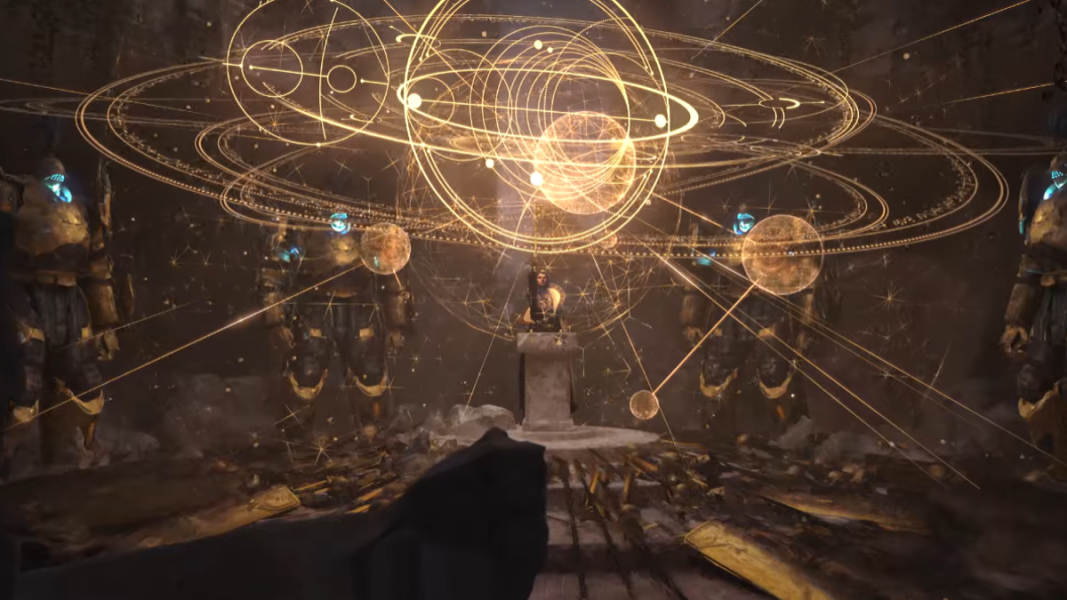Scientists Unveil Third Form of Magnetism That Could Revolutionize Superconductivity – Indian Defence Review

Scientists have uncovered altermagnetism, a revolutionary third form of magnetism that bridges the strengths of ferromagnetism and antiferromagnetism while introducing unique properties like time-reversal symmetry breaking. This discovery not only redefines magnetic science but also promises to revolutionize fields like superconductivity and spintronics. What could this breakthrough mean for the next generation of technology?In a groundbreaking study, researchers at the University of Nottingham have uncovered a new class of magnetism called altermagnetism. Published in Nature, this discovery bridges the gap between two well-known types of magnetism—ferromagnetism and antiferromagnetism—and has profound implications for the future of superconductivity, spintronics, and magnetic memory storage. By combining the best properties of its predecessors, altermagnetism offers the speed, resilience, and unique symmetry-breaking properties needed to revolutionize next-generation technologies.For decades, scientists have recognized two primary forms of magnetism. “We have previously had two well-established types of magnetism,” explained Oliver Amin, a postdoctoral researcher and co-author of the study. “Ferromagnetism, where the magnetic moments, which you can picture like small compass arrows on the atomic scale, all point in the same direction. And antiferromagnetism, where the neighboring magnetic moments point in opposite directions—you can picture that more like a chessboard of alternating white and black tiles.”Ferromagnetic materials are valued for their ability to store information using “up” or “down” magnetic domains, which makes them ideal for applications like memory storage. However, these materials have drawbacks. “The benefit of ferromagnets is that we have an easy way of reading and writing memory using these up or down domains,” said Alfred Dal Din, a doctoral researcher at the University of Nottingham and a co-author of the study. “But because these materials have a net magnetism, that information is also easy to lose by wiping a magnet over it.”In contrast, antiferromagnetic materials, with their zero-net magnetism, offer much greater resilience against interference but are harder to manipulate for information storage. Altermagnetism, however, combines the strengths of both systems. By aligning neighboring magnetic moments in alternating directions while introducing a slight twist, altermagnets exhibit time-reversal symmetry-breaking properties that enable unique electrical behaviors.A defining characteristic of altermagnets is their ability to break time-reversal symmetry—a property that has fascinated physicists for decades. “For example, gas particles fly around, randomly colliding and filling up the space,” Amin said. “If you rewind time, that behavior looks no different.” In conventional systems, this symmetry is conserved, meaning the forward and backward processes are indistinguishable.However, in altermagnetic systems, the symmetry is broken. “If you look at those two electron systems—one where time is progressing normally and one where you’re in rewind—they look different, so the symmetry is broken,” Amin elaborated. This unique property enables specific electrical phenomena, making altermagnets highly promising for applications in spintronics, where the spin of electrons is used to store and process information.To confirm the existence of altermagnetism, researchers used photoemission electron microscopy to study the magnetic domains of manganese telluride, a material previously thought to be antiferromagnetic. “Different aspects of the magnetism become illuminated depending on the polarization of the X-rays we choose,” Amin said. By employing circularly polarized light, the team identified magnetic domains shaped by the time-reversal symmetry-breaking effects unique to altermagnets.The team went further, fabricating altermagnetic devices and manipulating their internal magnetic structures using controlled thermal cycling. “We were able to form these exotic vortex textures in both hexagonal and triangular devices,” Amin explained. “These vortices are gaining more and more attention within spintronics as potential carriers of information, so this was a nice first example of how to create a practical device.”Altermagnets could play a transformative role in advancing superconductivity, which has long been hindered by a lack of compatible magnetic materials. By bridging the symmetry gap between magnetism and superconductivity, altermagnets may enable the development of ultra-efficient energy systems and quantum computing technologies.In addition, the resilience and speed of altermagnetic systems make them ideal for spintronic devices, which rely on electron spin to transfer data. Altermagnets’ unique properties could lead to faster, more durable, and interference-resistant memory and data storage technologies.The discovery of altermagnetism represents a significant leap forward for technologies like superconductivity and spintronics. In superconductivity, one of the long-standing challenges has been integrating magnetic materials that do not interfere with the delicate pairing of electrons required for resistance-free energy transfer. Altermagnetic materials, with their unique time-reversal symmetry-breaking properties, could solve this issue by offering a magnetic state compatible with superconducting systems. This could enable the development of highly efficient energy transmission networks and advanced power storage solutions.In spintronics, which relies on the spin of electrons rather than their charge for data storage and transfer, altermagnetic materials bring an exciting new dimension. They combine the robustness of antiferromagnets, which resist external interference, with the practical usability of ferromagnets, enabling faster and more reliable data processing. This hybrid capability makes them ideal candidates for building the next generation of high-speed memory devices and quantum technologies. By unlocking these possibilities, altermagnetism could revolutionize not just individual technologies but entire industries reliant on energy efficiency and advanced computing.Got a reaction? Share your thoughts in the commentsEnjoyed this article? Subscribe to our free Newsletter for engaging stories, exclusive content, and the latest newsComment Save my name, email, and website in this browser for the next time I comment.
© 2024 | Indian Defence Review | All rights reserved
Source: https://indiandefencereview.com/third-form-of-magnetism-superconductivity/






